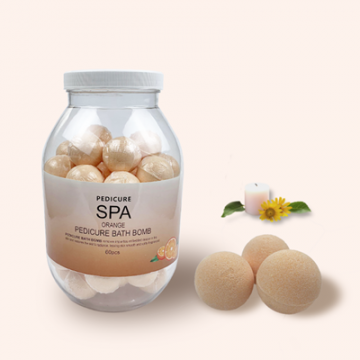Decoding soap labels and understanding ingredient lists can help you make informed choices about the products you use on your skin. Soap labels are required to list ingredients in descending order of concentration. Here’s a guide to understanding soap ingredient lists:
- Water: Often the first ingredient in liquid soaps. It serves as a base for other ingredients.
- Surfactants: These are cleansing agents that help remove dirt, oil, and impurities from your skin. Common surfactants include sodium lauryl sulfate (SLS), sodium laureth sulfate (SLES), and coco-glucoside.
- Emollients and Moisturizers:
- Glycerin: A humectant that draws moisture to the skin, helping it stay hydrated.
- Oils (e.g., coconut oil, olive oil, shea butter): Provide moisture and nourishment to the skin.
- Fragrances and Essential Oils: These can add a pleasant scent to the soap. Look for products labeled “fragrance-free” if you have sensitive skin.
- Preservatives: These prevent the growth of harmful bacteria and extend the shelf life of the soap. Common preservatives include phenoxyethanol, potassium sorbate, and sodium benzoate.
- Colorants: Used to give the soap its color. Synthetic colorants might cause skin sensitivities in some individuals.
- Natural Additives:
- Clays (e.g., kaolin, bentonite): Provide exfoliation and detoxification.
- Oatmeal: Soothes and calms irritated skin.
- Honey: Offers hydration and antimicrobial properties.
- Antioxidants: Ingredients like vitamin E, green tea extract, and rosemary extract can protect the skin from environmental damage.
- pH Adjusters: These ensure that the soap’s pH level is compatible with the skin, preventing excessive drying or irritation.
- Allergens and Sensitizing Agents: Some ingredients can trigger allergies or sensitivities in certain individuals. Examples include linalool, limonene, and citral found in essential oils.
Tips for Decoding Soap Labels:
- Simplify: Look for soap with fewer ingredients to reduce the likelihood of irritations.
- Research Ingredients: If you’re unsure about an ingredient, research its purpose and potential effects on the skin.
- Sensitive Skin: If you have sensitive skin, opt for soaps with fewer potential allergens and irritants.
- Fragrance-Free Options: Choose fragrance-free options if you’re concerned about skin reactions.
- Patch Test: Before using a new soap, do a patch test on a small area of your skin to check for allergic reactions.
Remember that everyone’s skin is different. What works well for one person might not work for another. If you’re unsure about specific ingredients or their effects on your skin, consider consulting a dermatologist for personalized advice.








